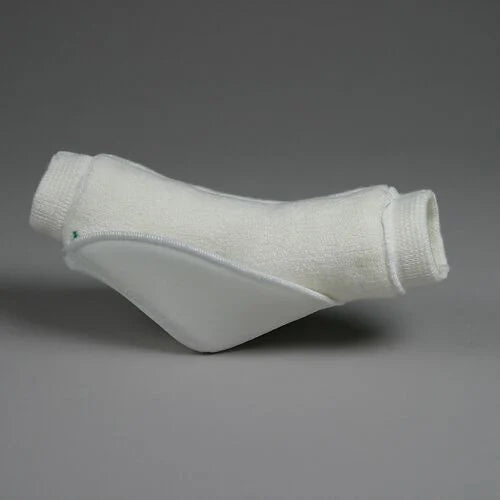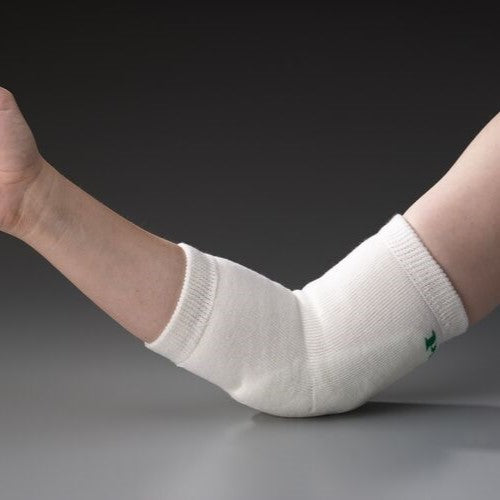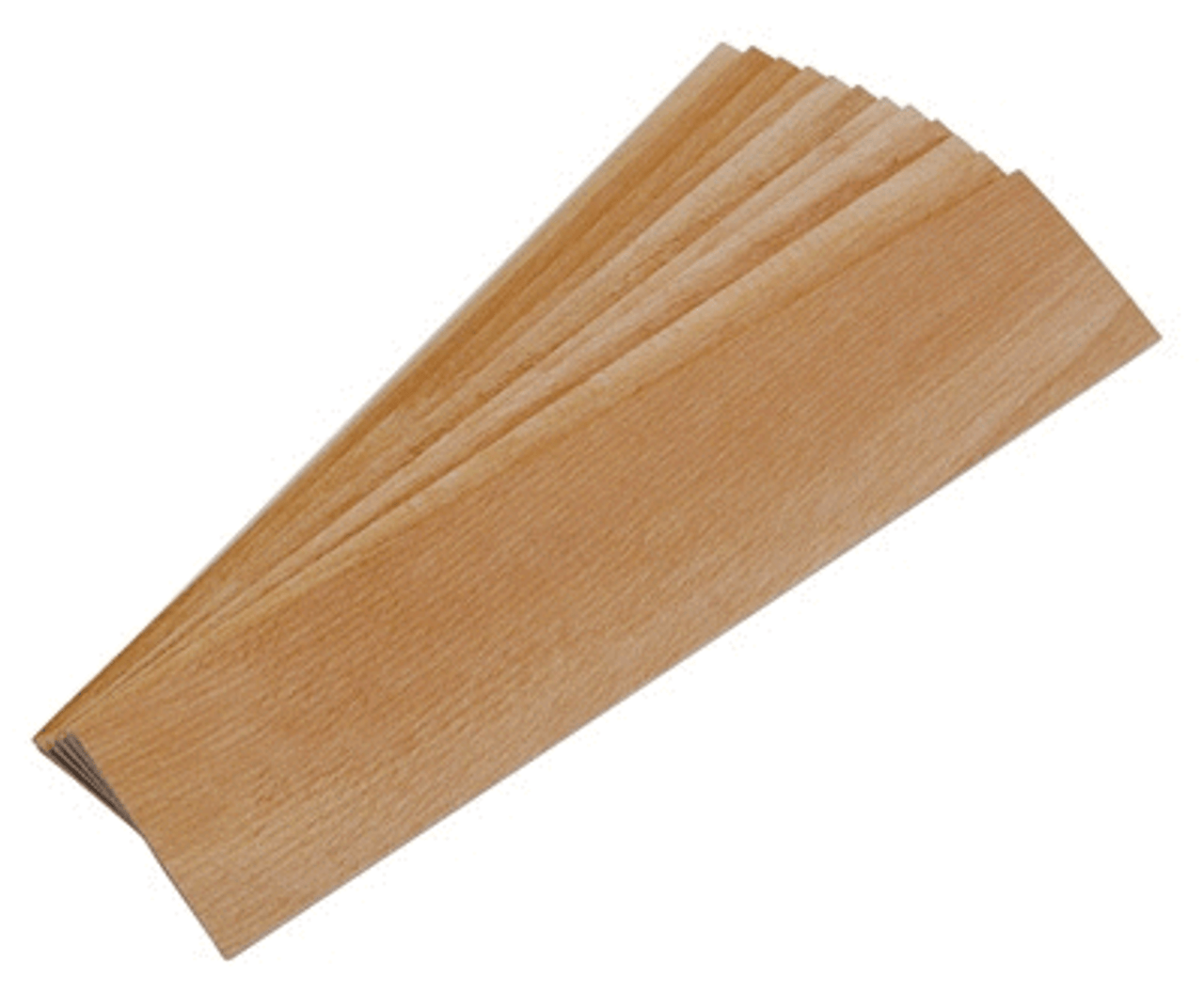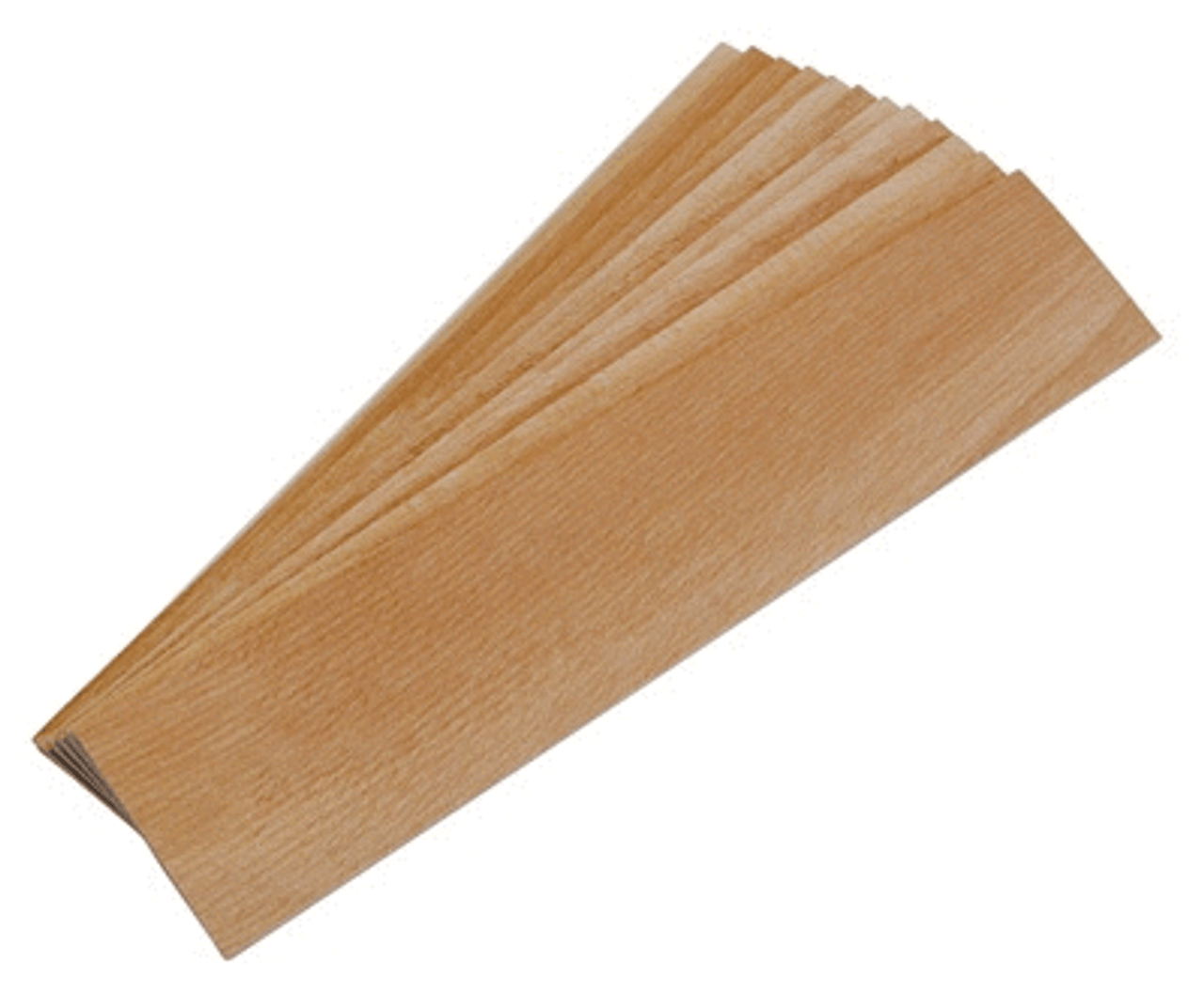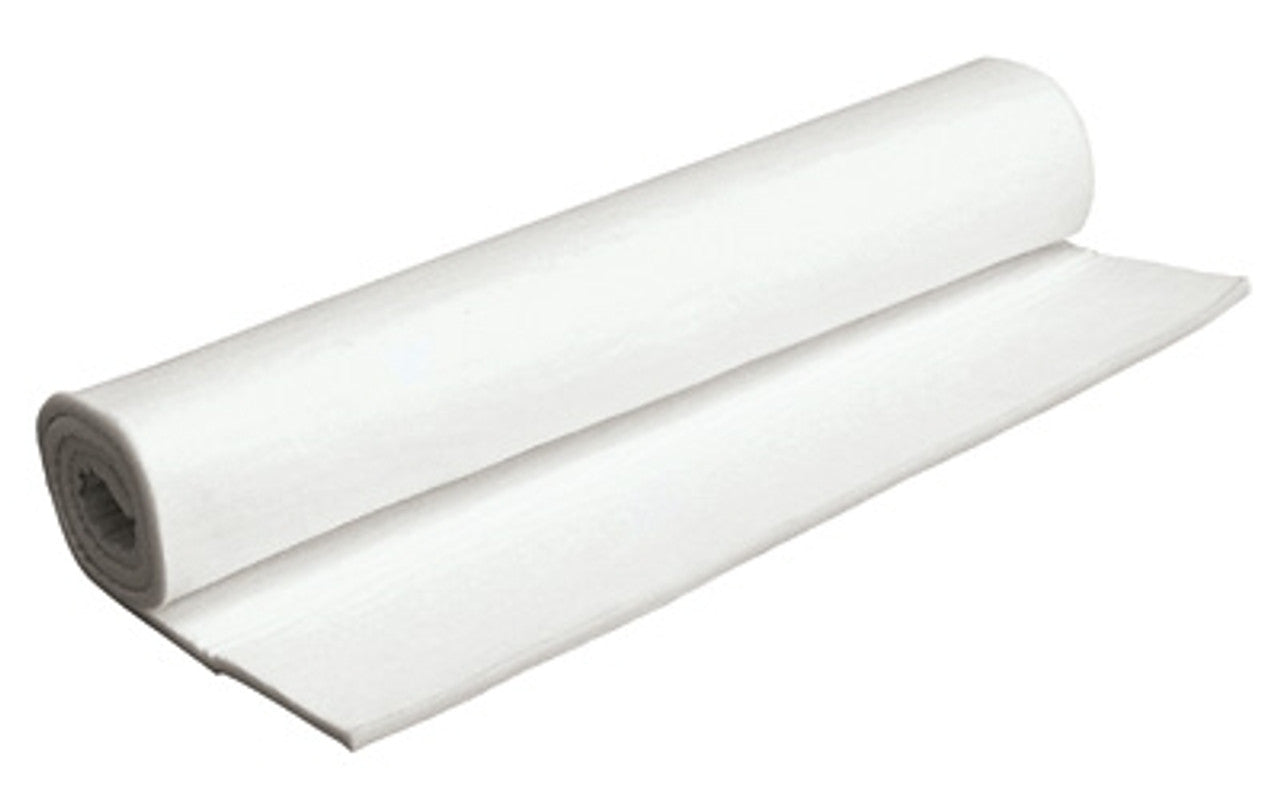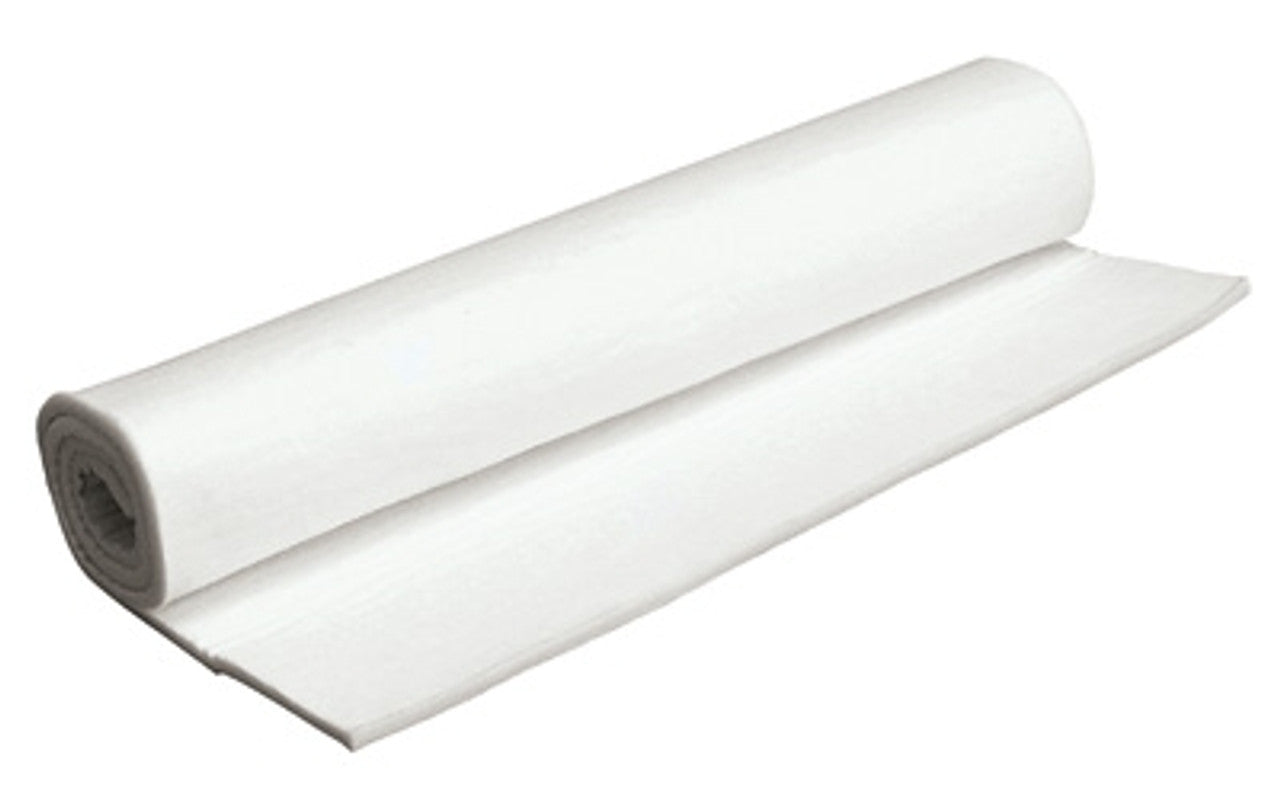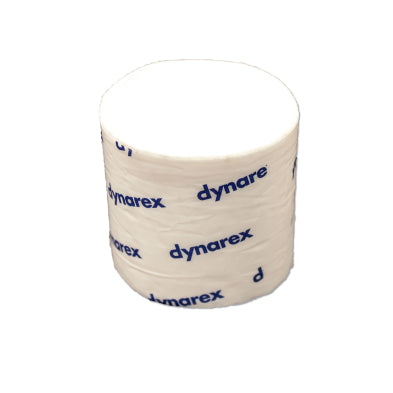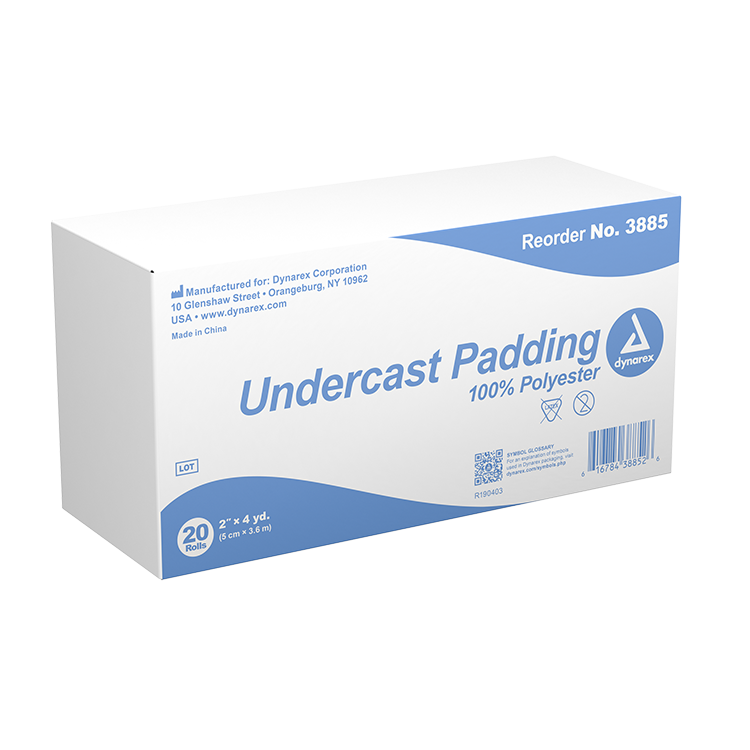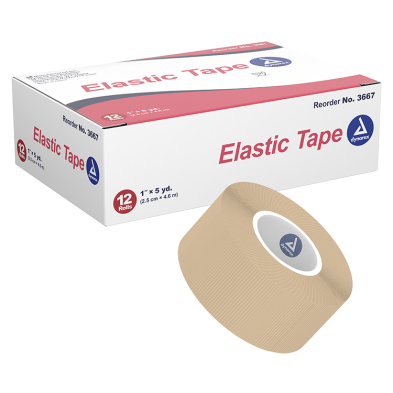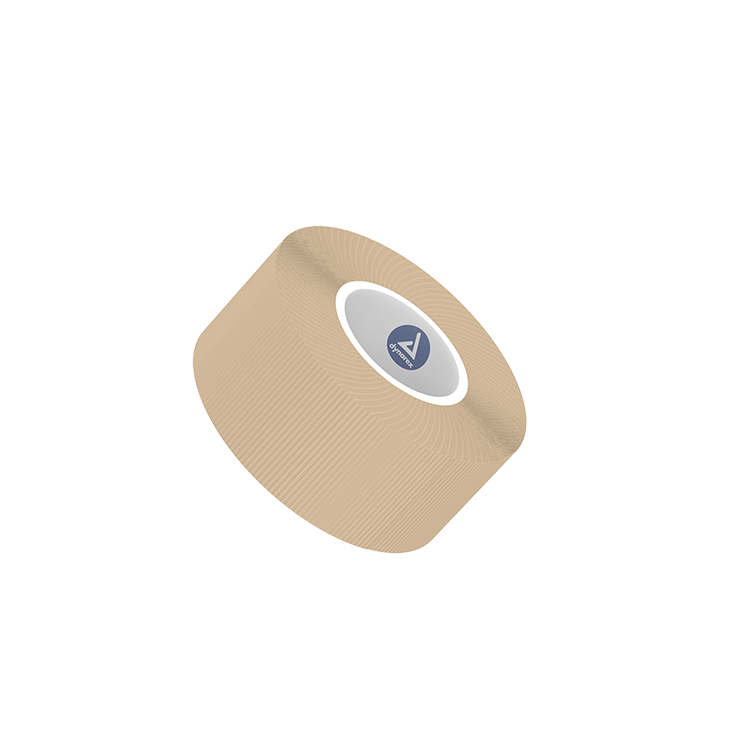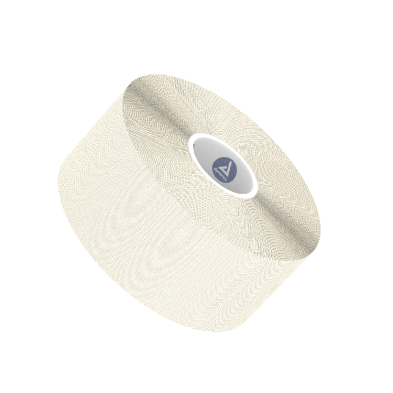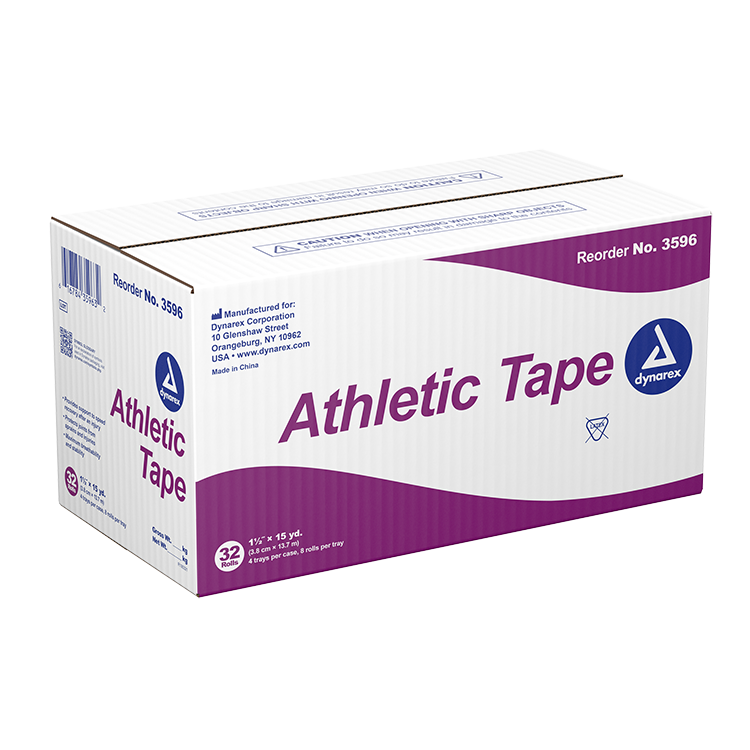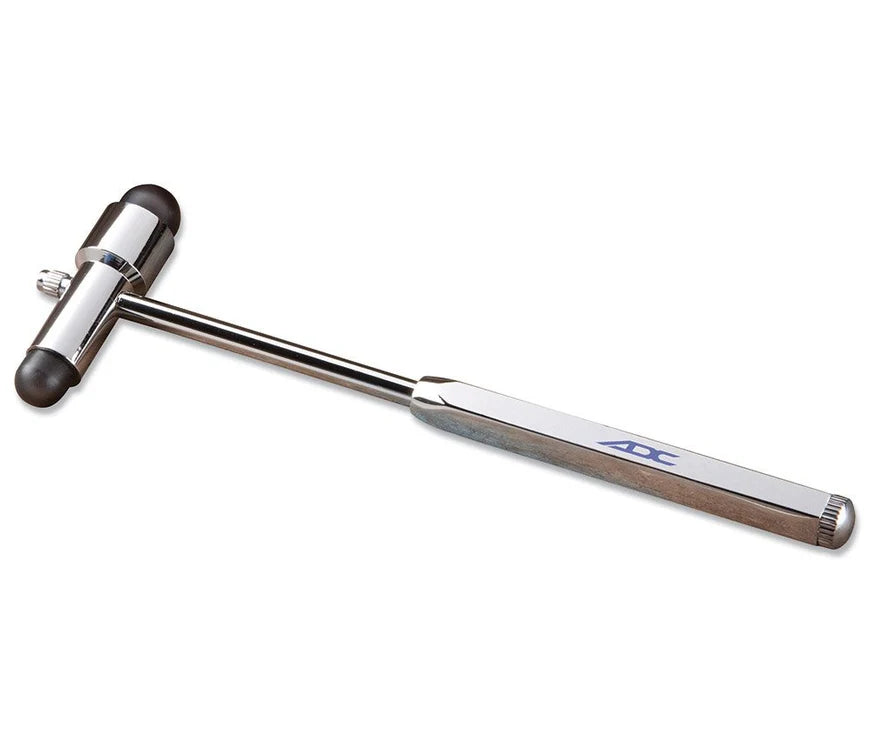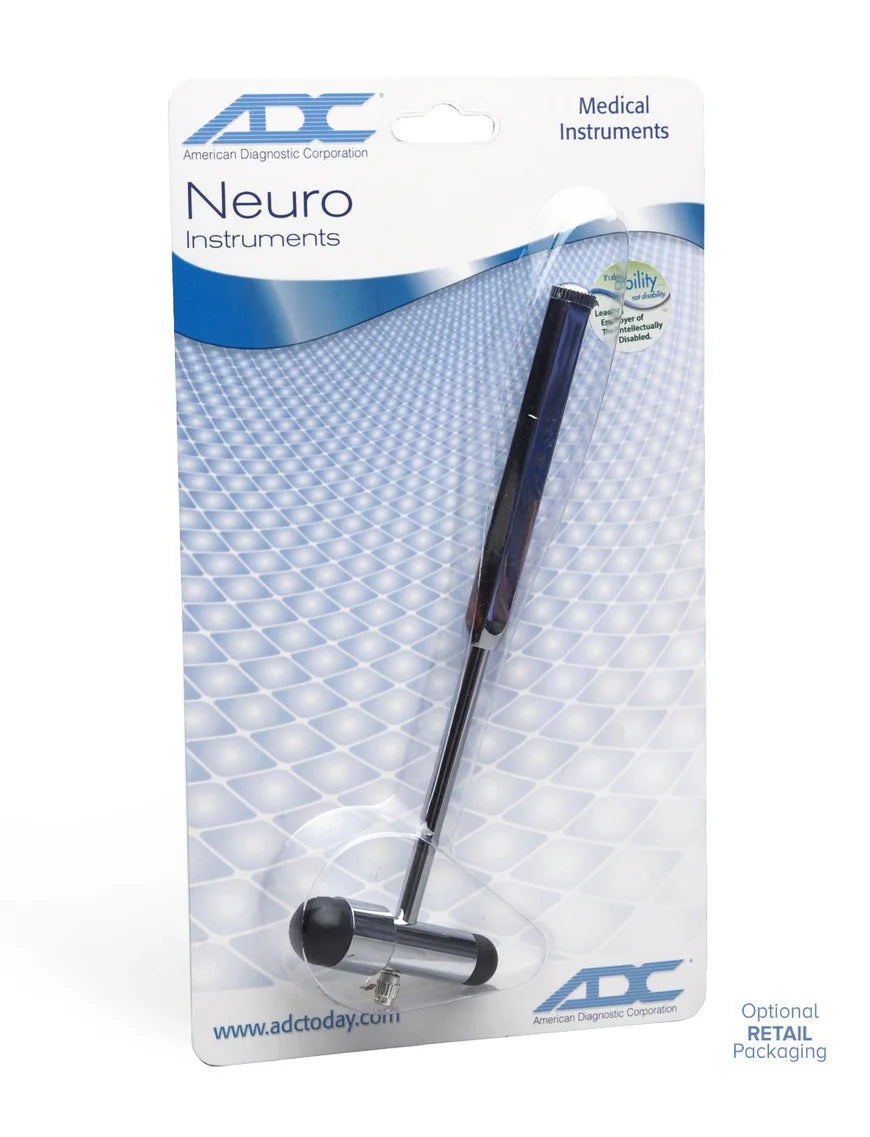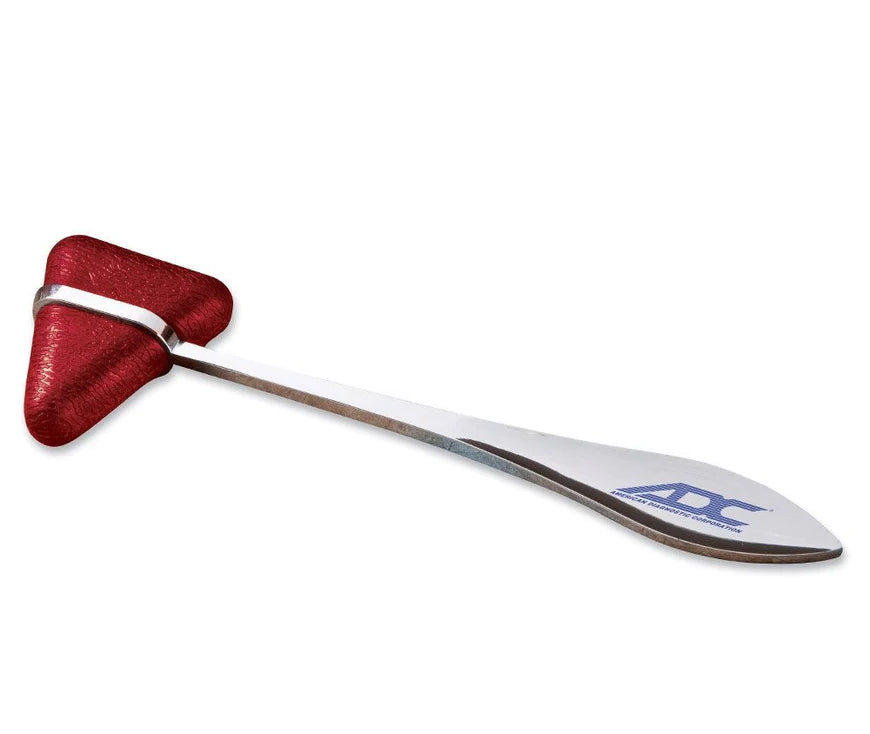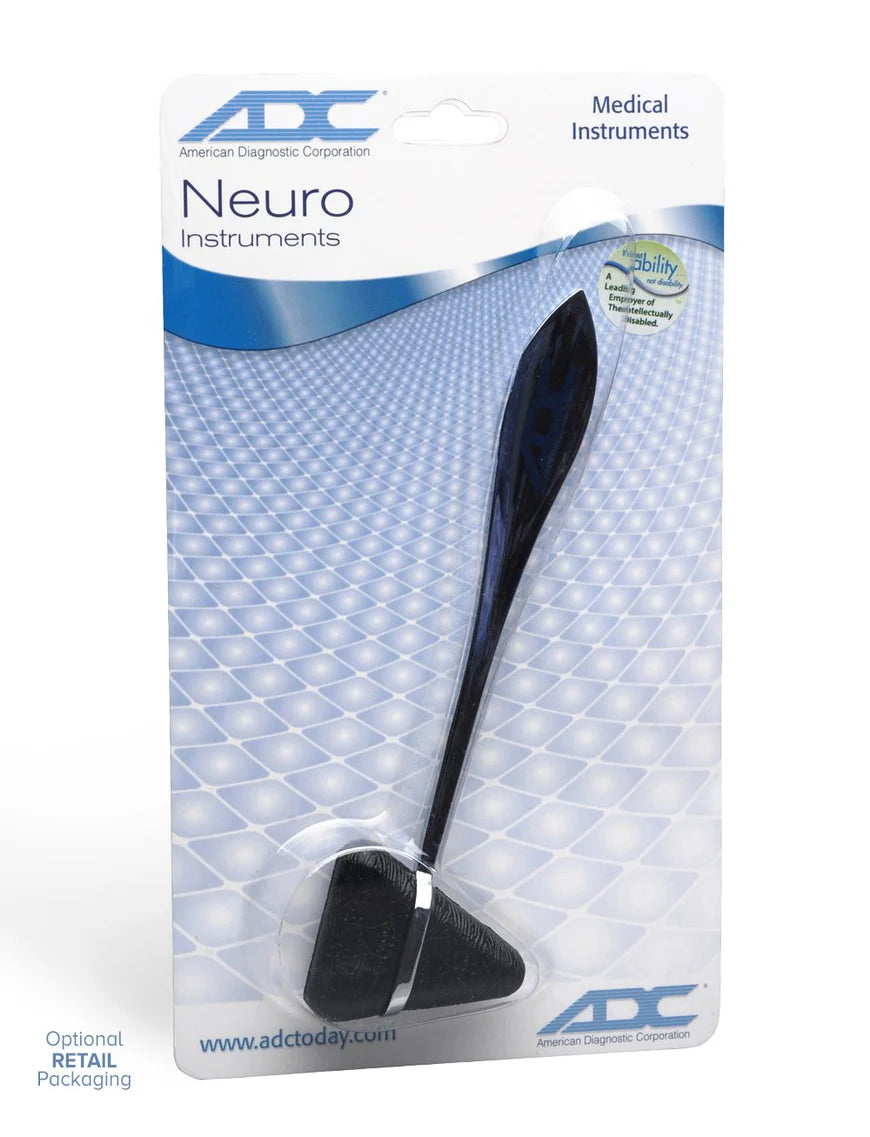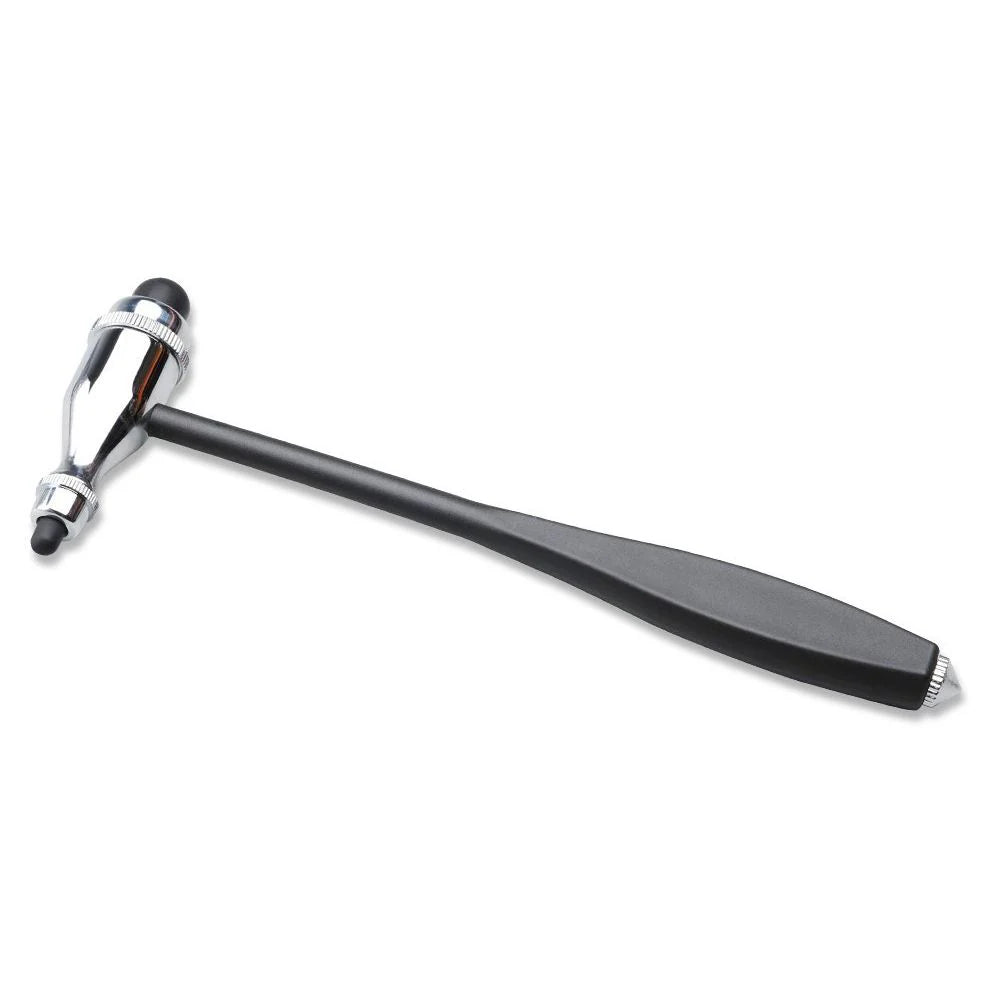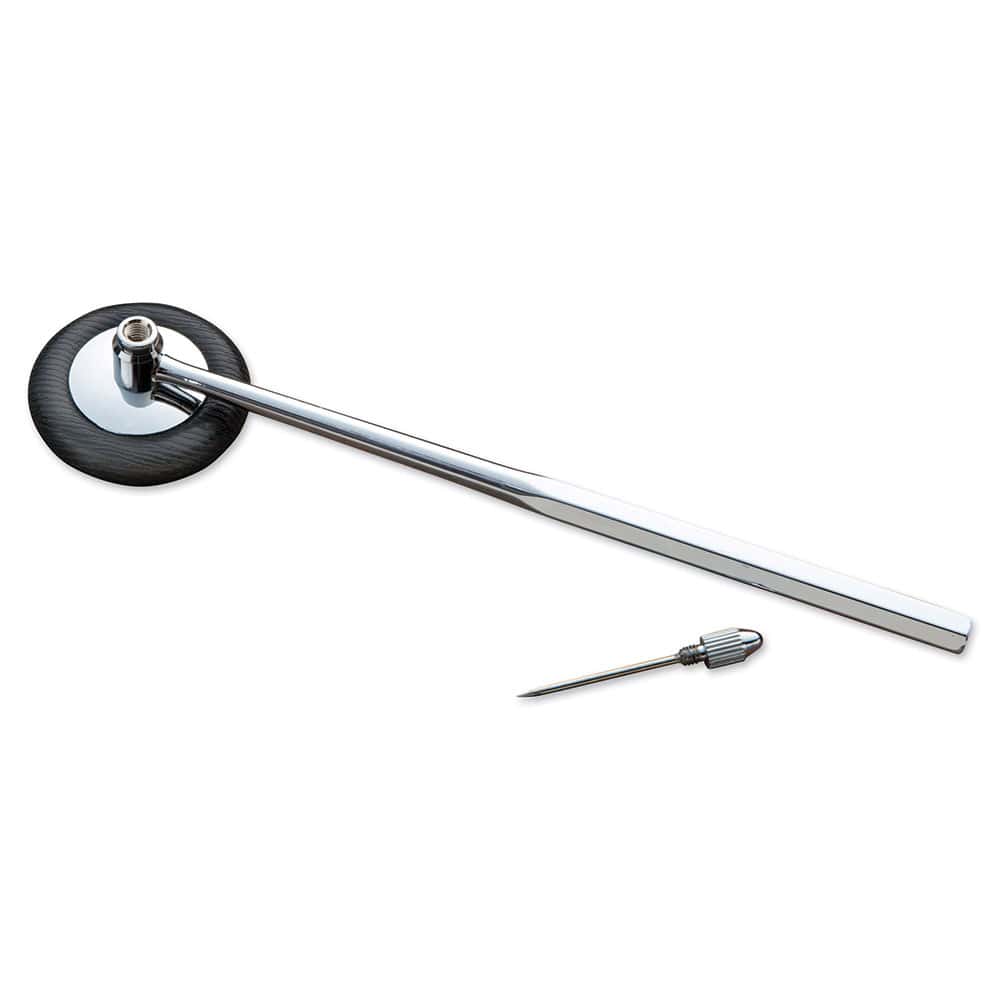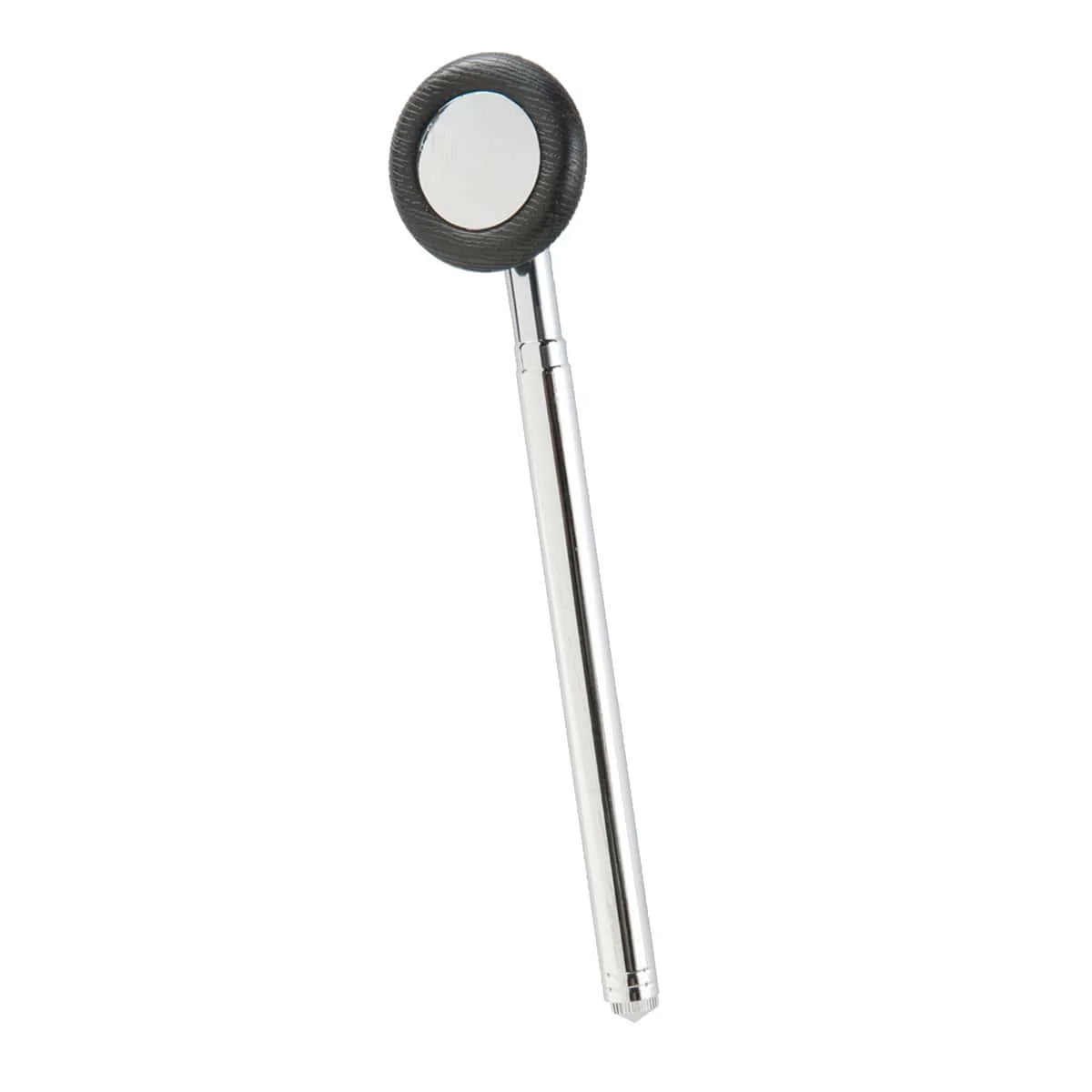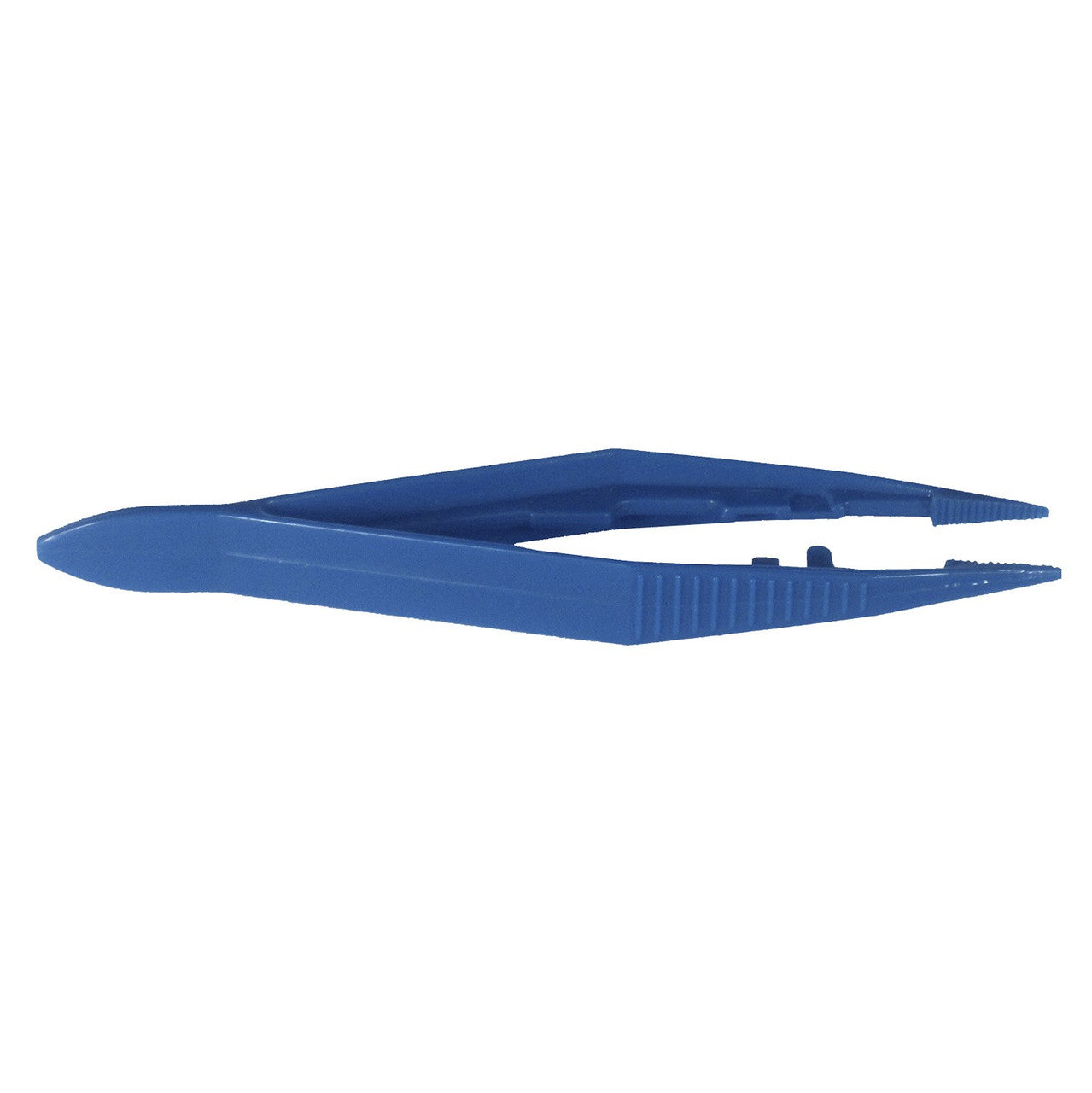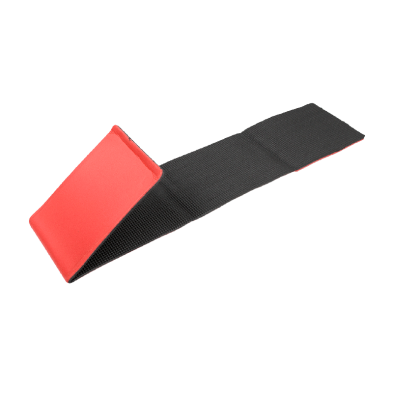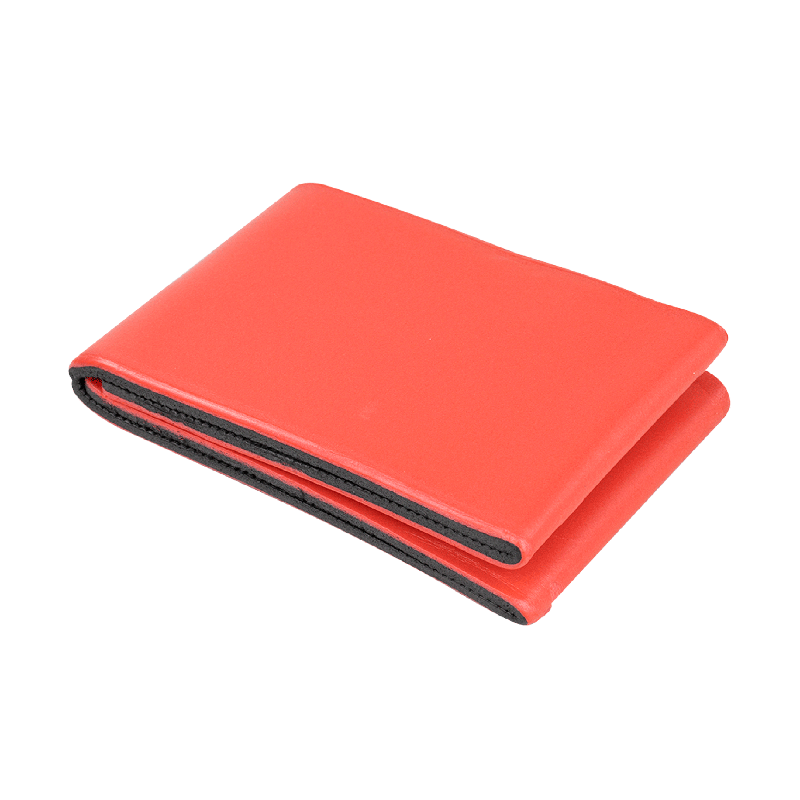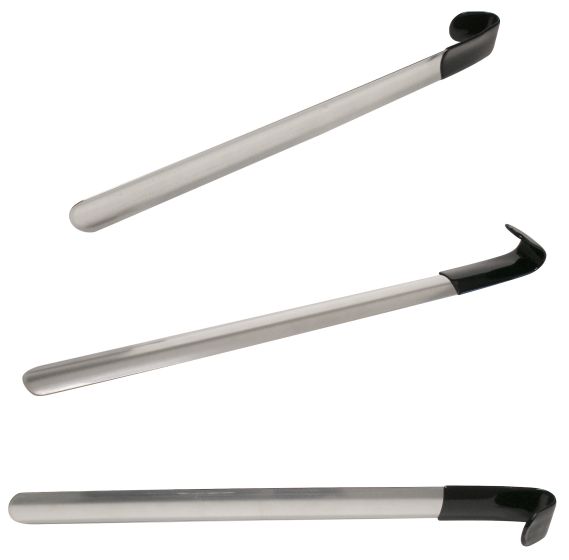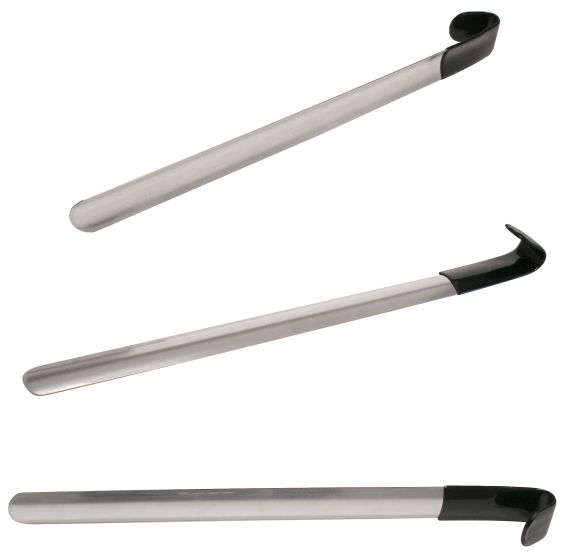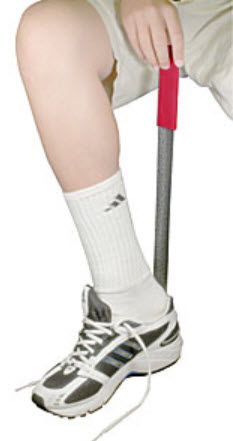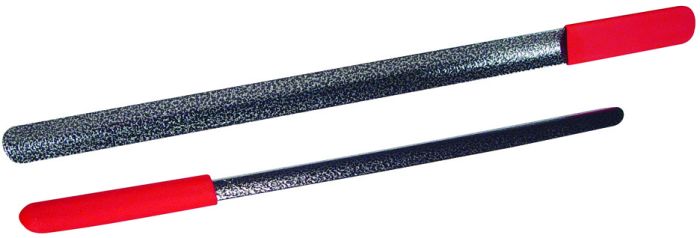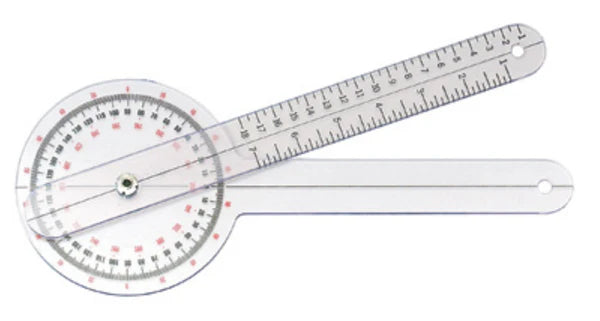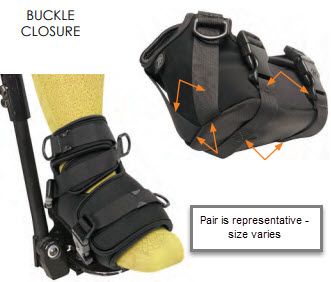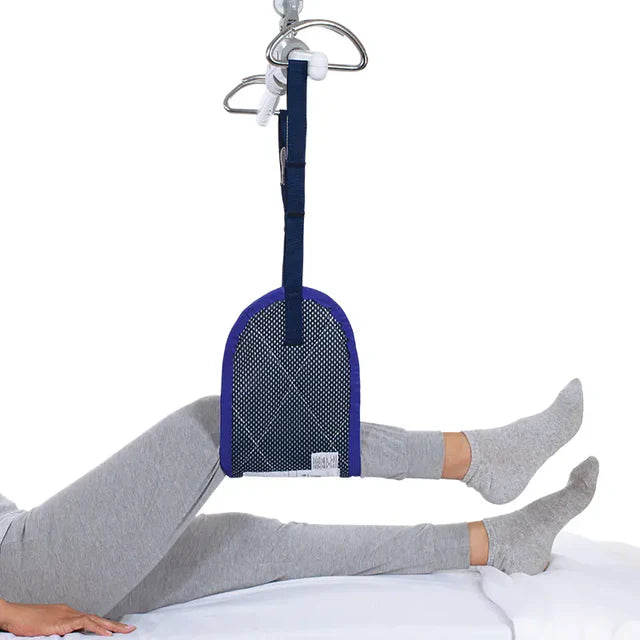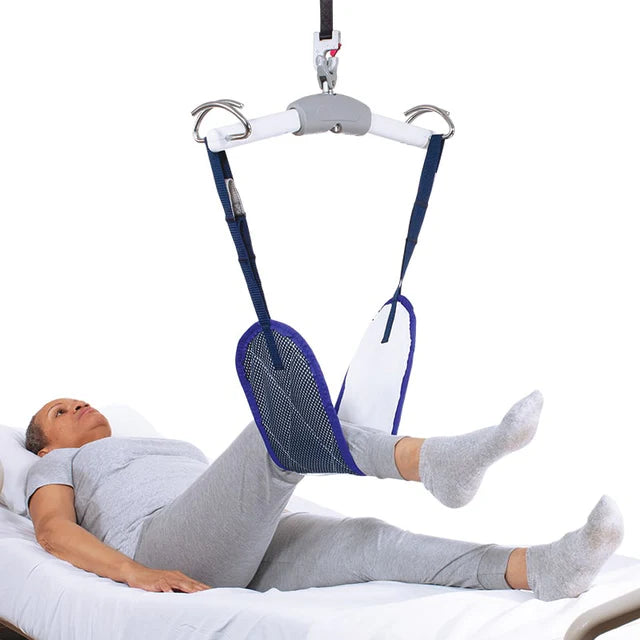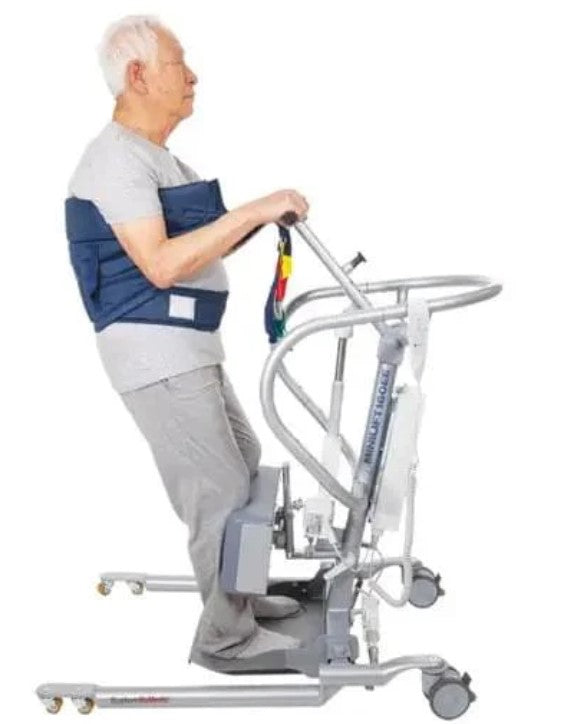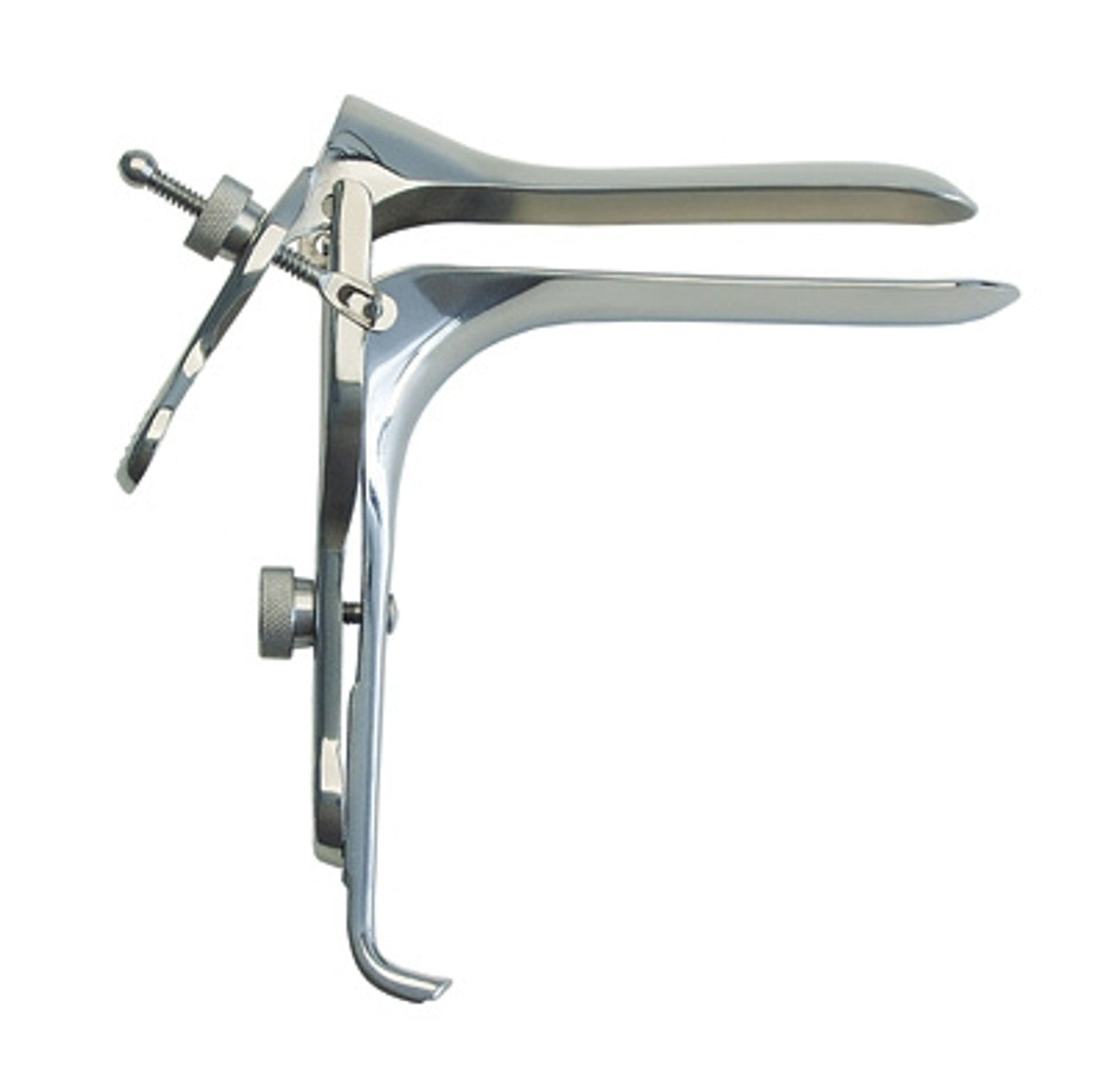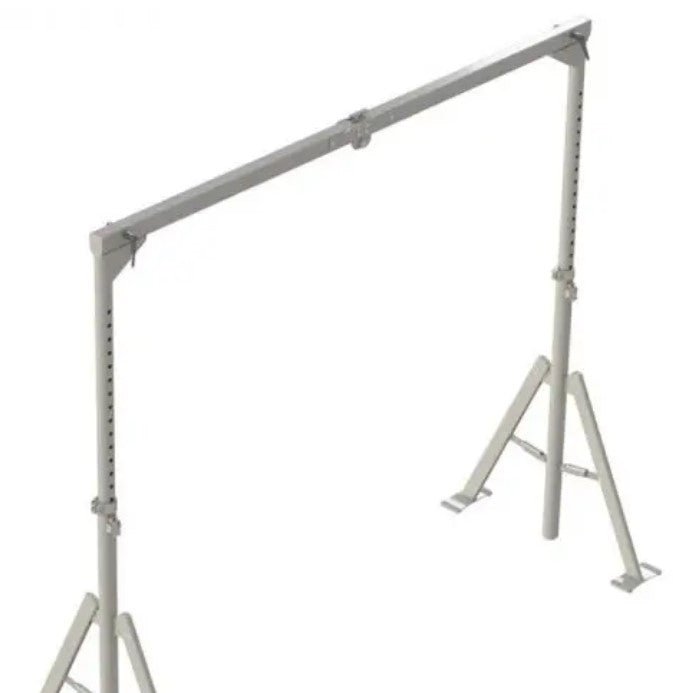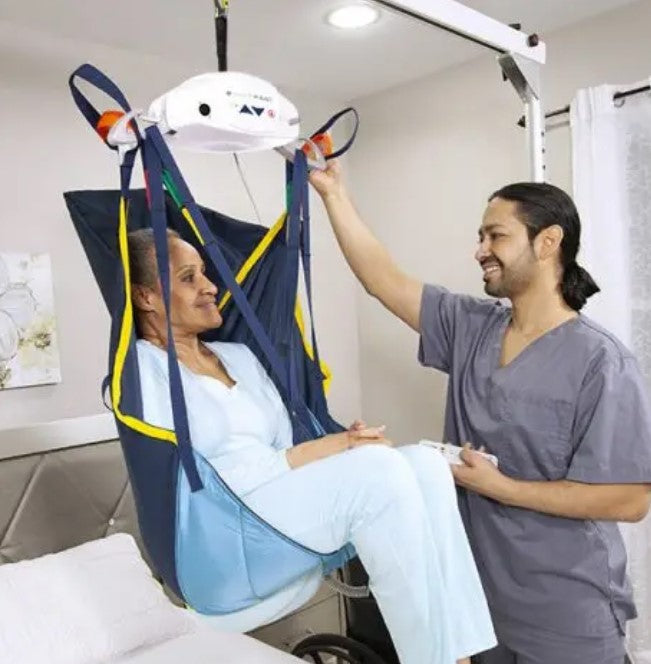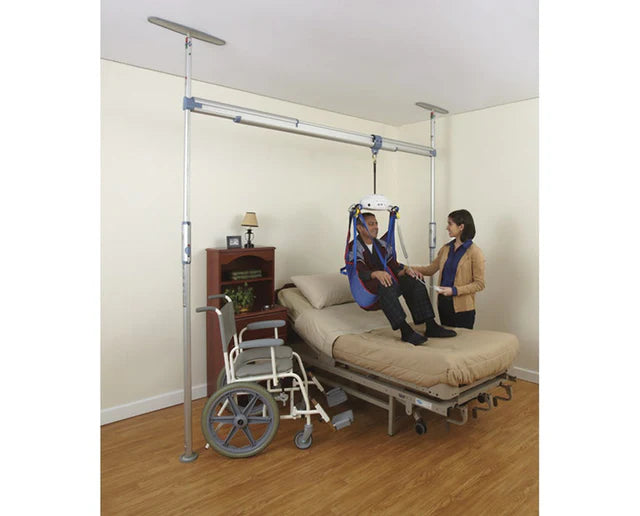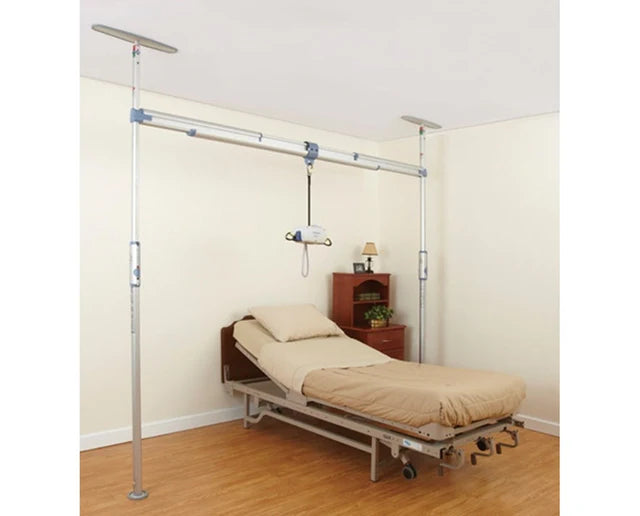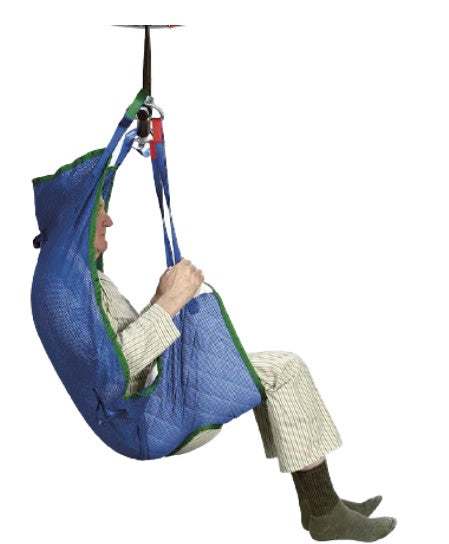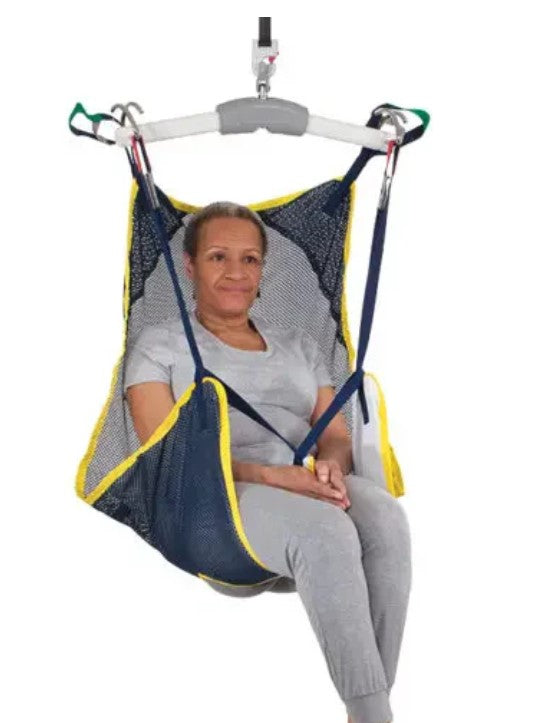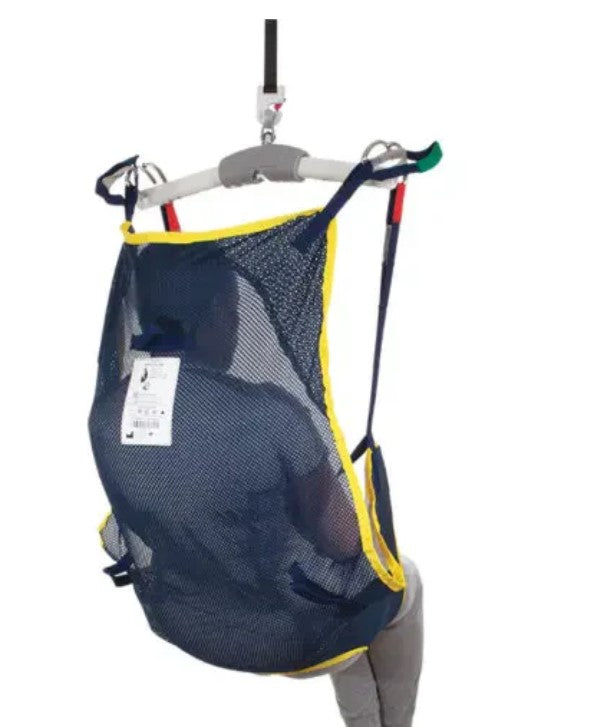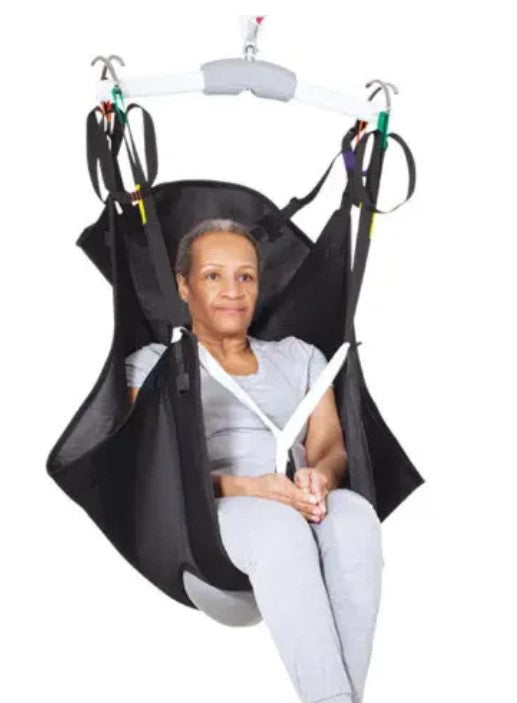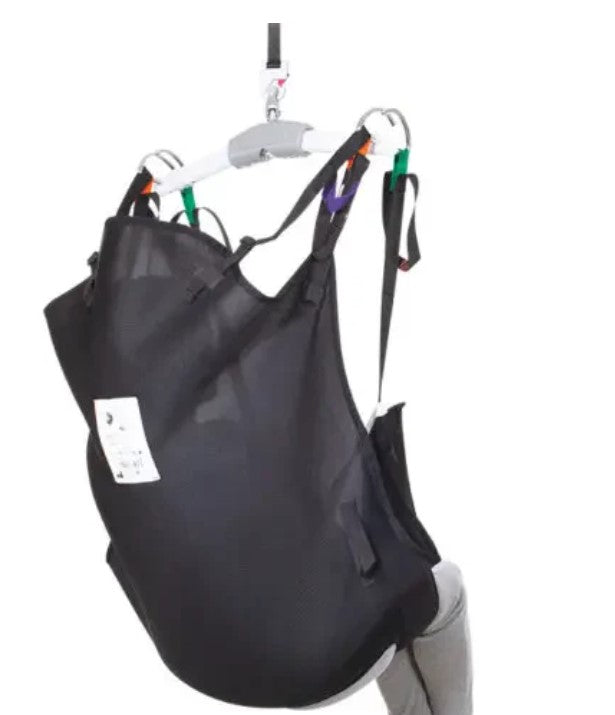Main menu
- All Products
- Deals and Offers
-
- Diagnostics & Testing Kits
- Equipment Parts and Accessories
- First Aid & Emergency Kits
- Furniture & Fixture
- Health Monitoring Equipment
- Home Health Essentials
- Infection Control Supplies
- Medical Device
- Orthopedic Supplies
- Personal Protective Equipment (PPE)
- Patient Care Equipment
- Professional Healthcare Supplies
- Simulation & Training
- Respiratory Care
- Rehabilitation & Recovery
- Radiology & X-Ray Equipment
- Surgical Instruments
- Wellness, Nutritional & Fitness
- Shop by brands
- Education & Gov Procurement
Orthopedic Equipment
38 products
Showing 1 - 38 of 38 products
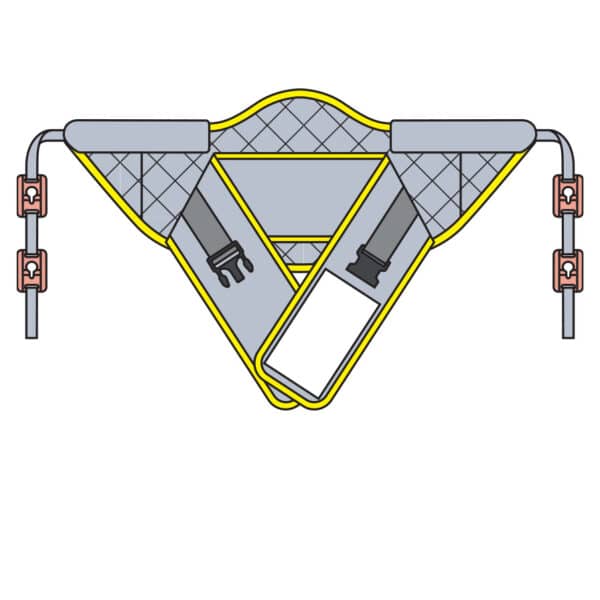
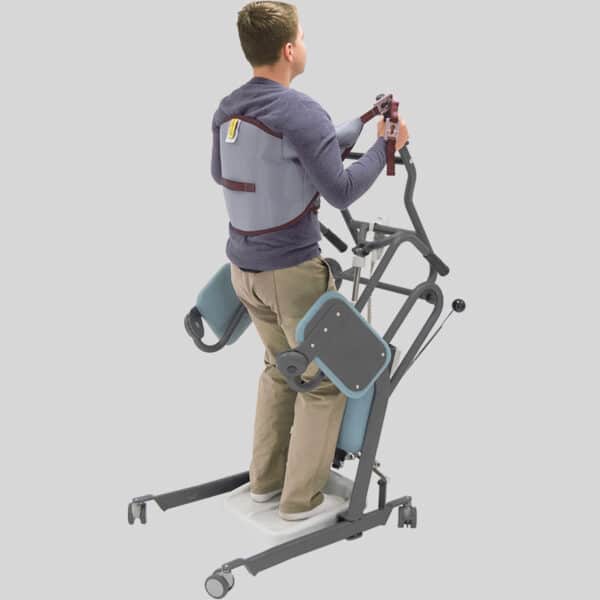
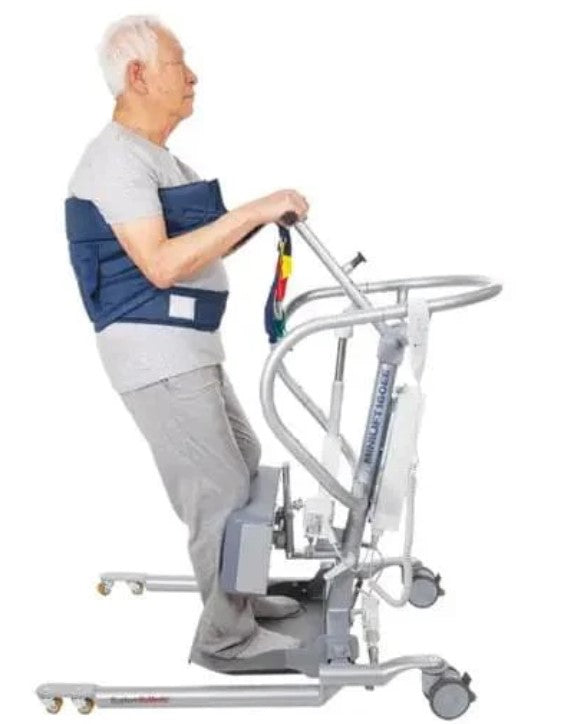
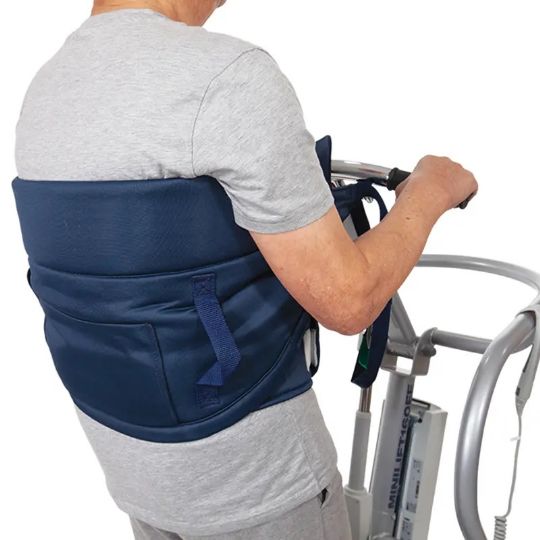
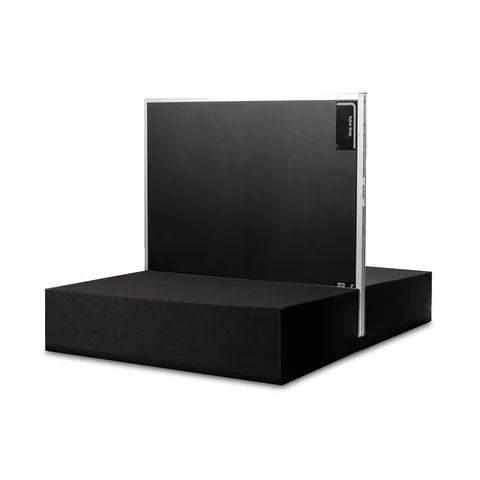
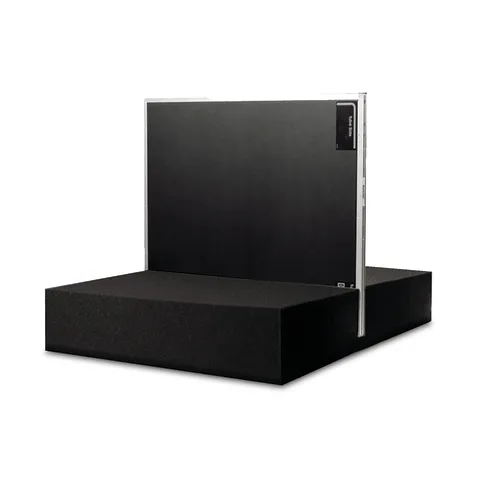
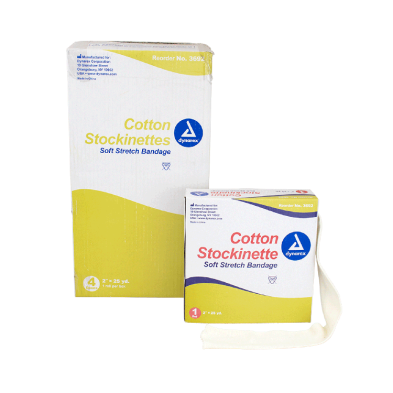
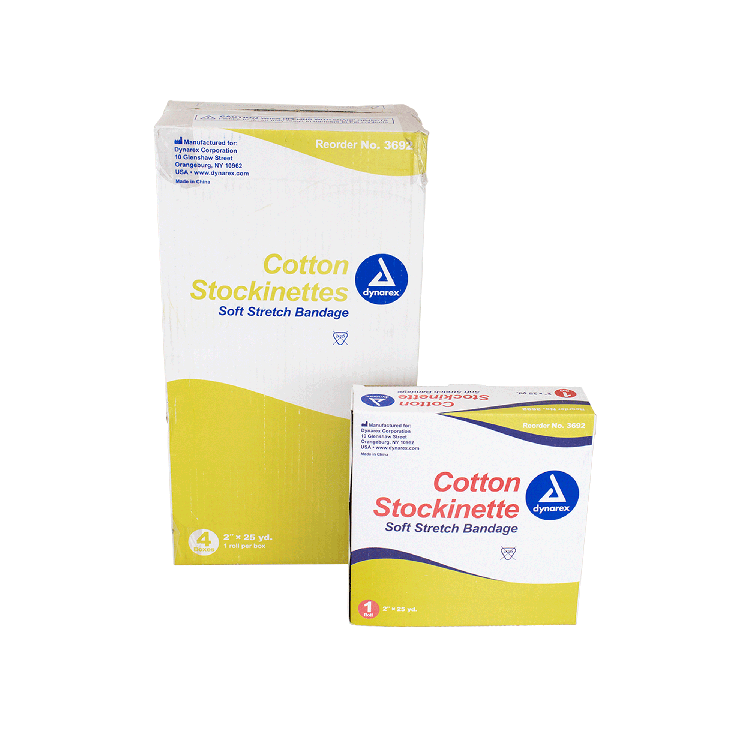
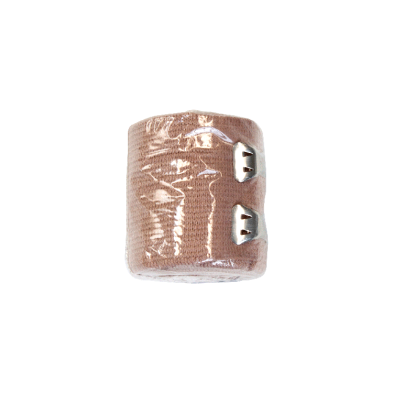
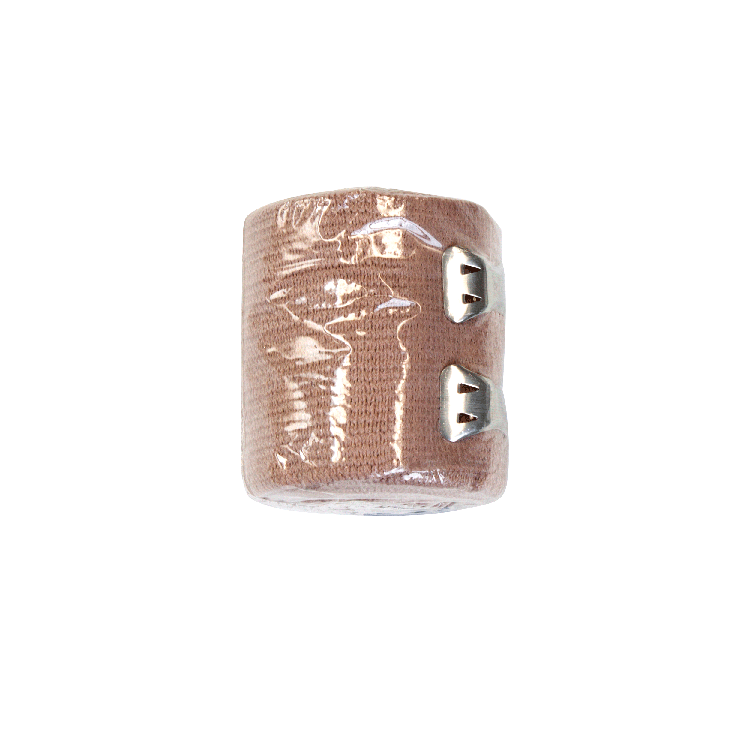
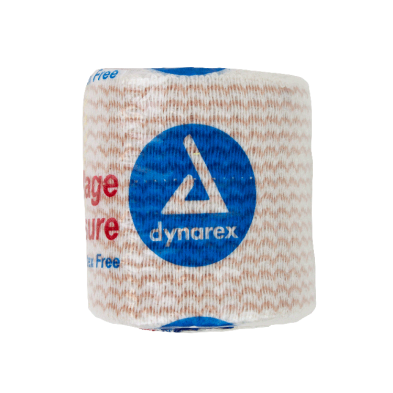
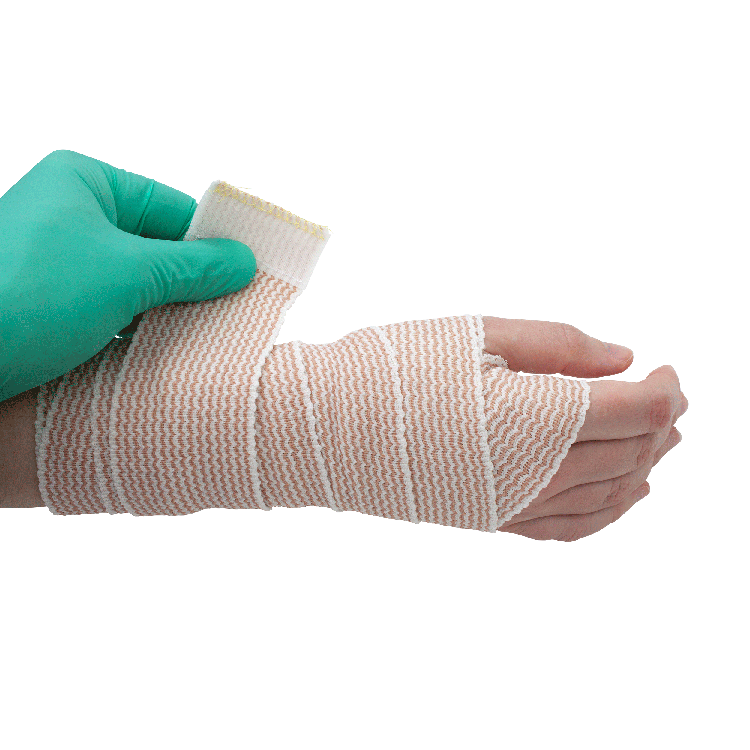
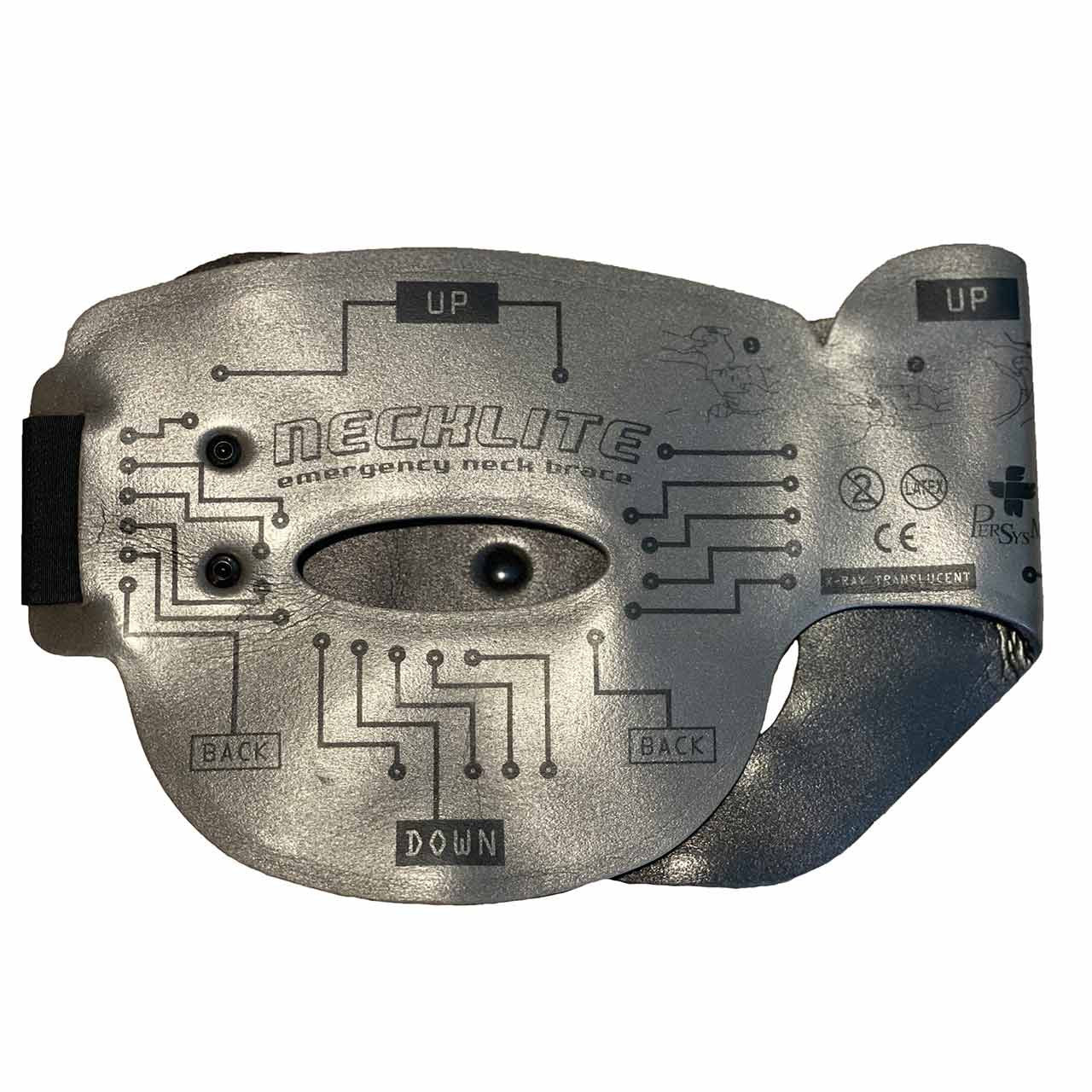
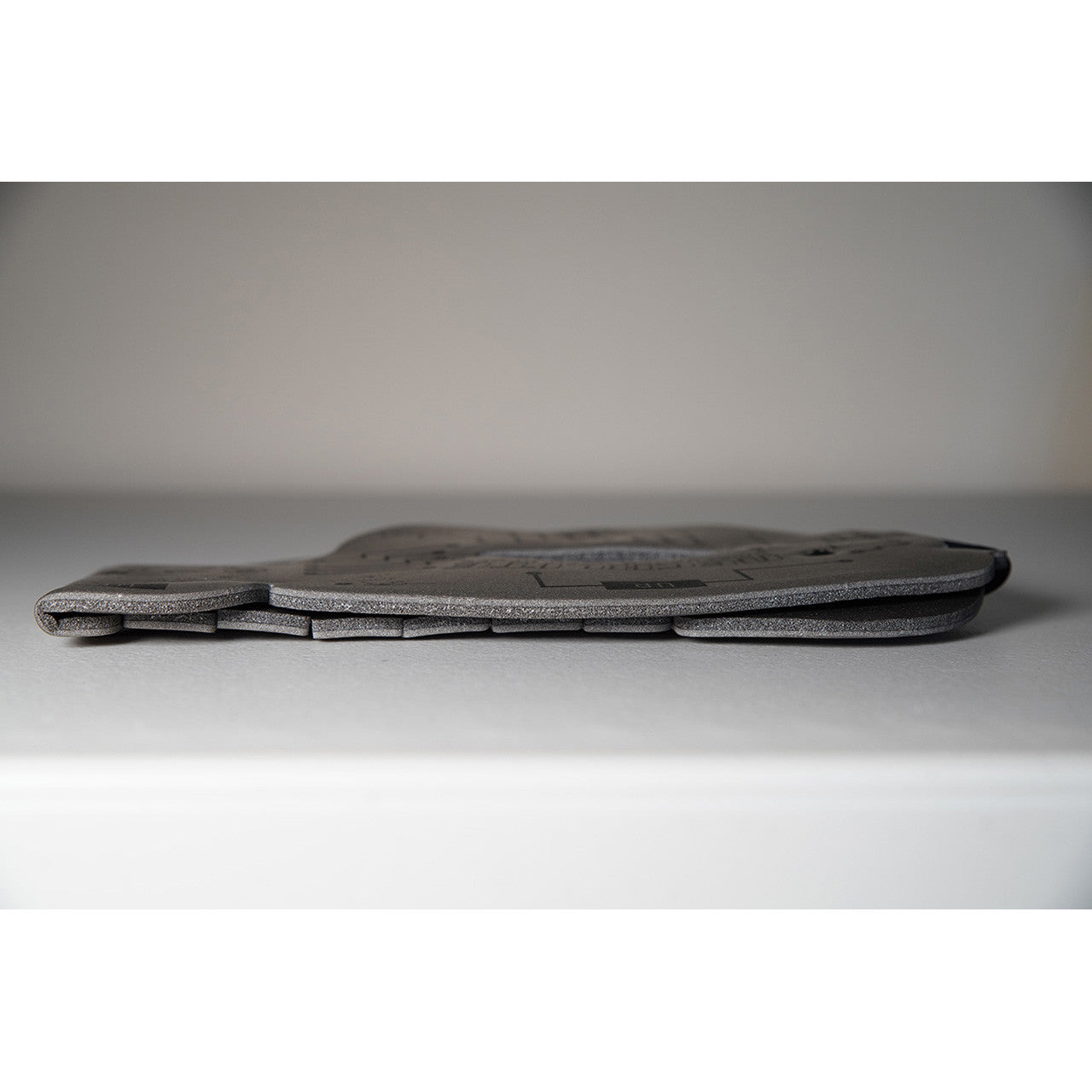
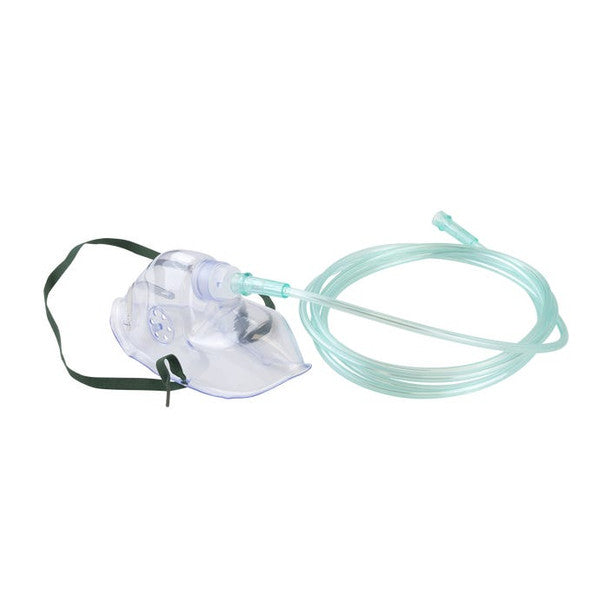
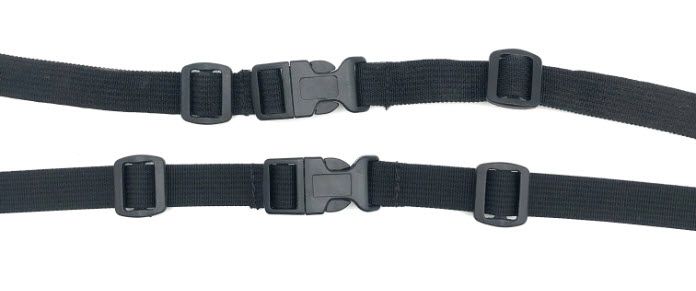
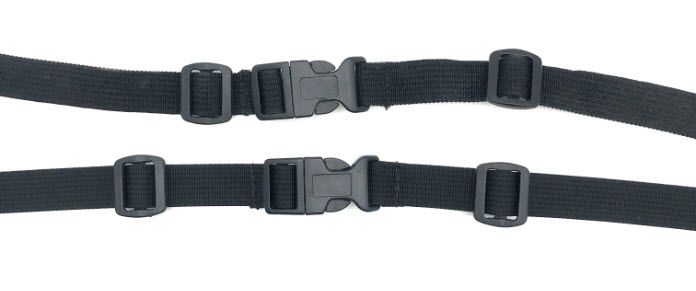
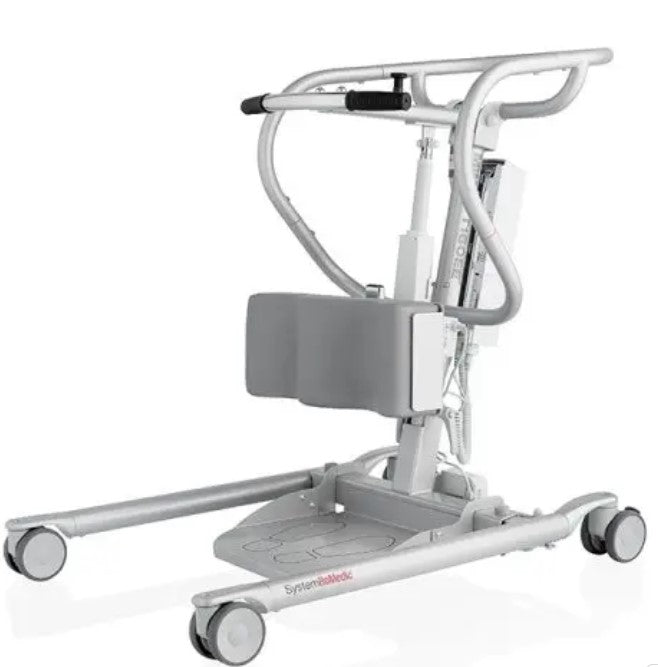
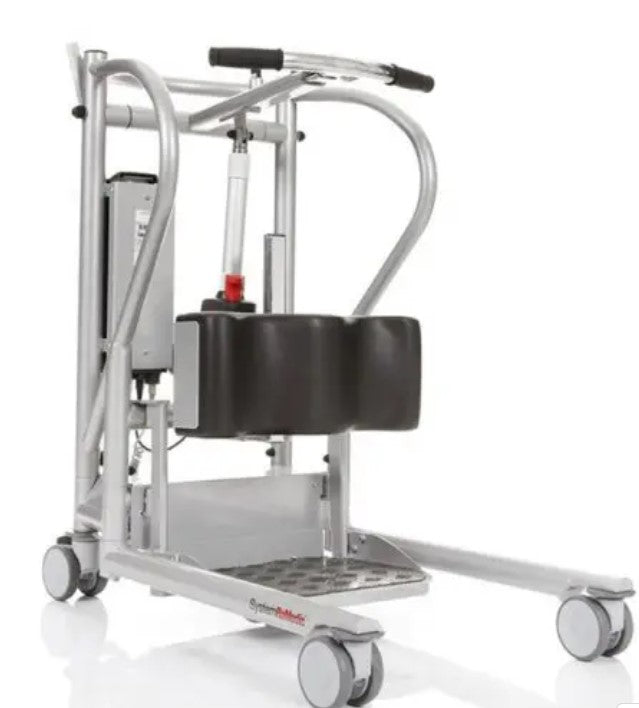
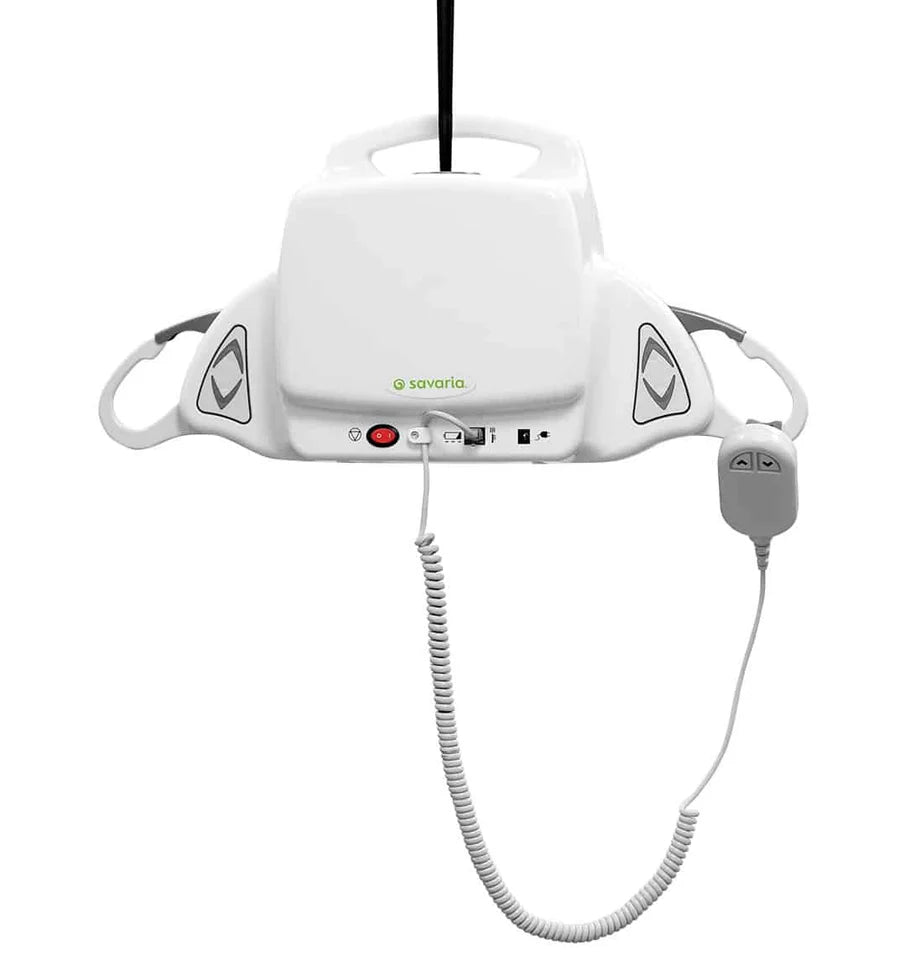
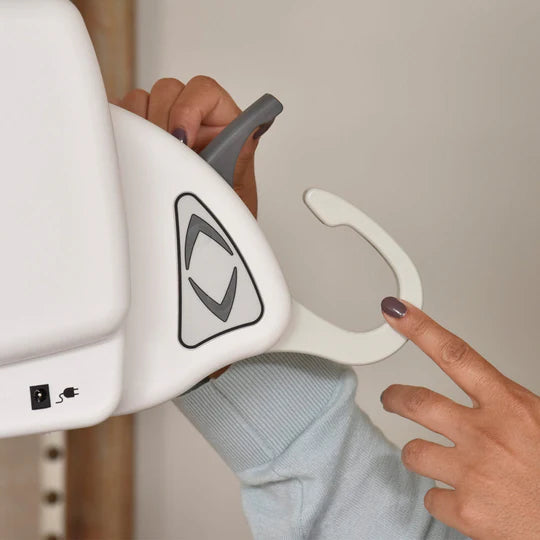
Orthopedic Equipment for Every Need
We provide a comprehensive range of orthopedic equipment to aid recovery and promote mobility. Our selection includes knee braces, wrist supports, crutches, walking aids, and therapy tools designed for comfort and support. Whether for sports injuries, arthritis, or post-surgical care, our products ensure relief and enhanced mobility, helping you or your patients regain independence and improve quality of life.
Wide Range of Orthopedic Equipment
At Vigour Med Store, we offer a wide range of orthopedic equipment designed to aid recovery and provide support for musculoskeletal conditions. Our collection includes:
- Braces and Supports – Knee braces, ankle supports, wrist splints, back braces, shoulder supports, and elbow braces for stability and pain relief.
- Rehabilitation Equipment – Therapy tools, compression wraps, and orthopedic cushions for enhanced recovery and comfort.
- Mobility Aids – Crutches, canes, and walking aids to support mobility during the recovery process.
- Post-Surgical Orthotics – Specialized products like hot/cold therapy packs, orthopedic belts, and post-surgical supports to improve recovery times.
- Orthopedic Footwear – Foot orthotics, insole inserts, and orthopedic shoes for enhanced comfort and posture correction.
- Joint Support – Products designed for arthritis, joint pain relief, and muscle strain prevention.
How to Choose the Right Orthopedic Supplies for Your Practice?
Choosing the right orthopedic equipment is essential to ensuring accurate diagnoses, effective treatments, and optimal patient care. Here are key factors to consider when selecting orthopedic equipment for your practice:
1. Assess Your Patients’ Needs
Understand the common conditions your patients are seeking treatment for (e.g., fractures, joint pain, arthritis, post-surgical recovery). This will guide your selection of diagnostic tools, therapeutic equipment, and rehabilitation aids specific to those needs.
2. Quality and Reliability
Choose equipment from trusted and reputable manufacturers. Ensure that the equipment meets industry standards for quality, durability, and performance. Reliable equipment reduces the risk of errors, enhances patient care, and minimizes downtime.
3. Equipment Versatility
Look for equipment that can handle a range of procedures or conditions. For example, an MRI machine should provide high-quality imaging for both soft tissue and bone injuries, while a multi-functional therapy unit can treat various musculoskeletal conditions.
4. Ease of Use
Ensure that your team can easily operate the equipment. User-friendly interfaces, intuitive designs, and simple maintenance routines are important for enhancing workflow and minimizing training time.
5. Patient Comfort and Safety
Choose equipment that prioritizes patient comfort and safety. For example, ergonomic mobility aids and adaptive devices ensure patients' recovery is not hindered by discomfort. Radiology and diagnostic equipment should minimize radiation exposure to keep patients safe.
6. Space and Budget Considerations
Evaluate the space available in your practice and ensure that the equipment you select fits comfortably without overcrowding. Budget constraints are also important—invest in equipment that provides the best value and fits within your financial capacity without compromising on quality.
7. After-Sales Support and Warranty
Consider the manufacturer’s after-sales support, including maintenance services and warranty. Reliable after-sales support ensures that your equipment stays in optimal working condition, which is crucial for maintaining high levels of patient care.
8. Compliance with Regulations
Ensure that all equipment adheres to relevant regulatory standards and certifications, such as FDA approval for diagnostic tools or orthopedic devices. Compliance ensures your practice operates legally and safely.
Why Choose Vigour Med store for Buying Orthopedic Surgery Instruments?
Choose Vigour Med Store for high-quality orthopedic surgery equipment that ensures precision, reliability, and patient safety. We offer top-brand products, competitive prices, and excellent customer support to meet all your orthopedic needs.
FAQs About Orthopedic Supplies
What Are the Tips to Maintain Orthopedic Surgeon Equipment?
Proper care and maintenance of orthopedic surgical equipment are essential to ensure their longevity, functionality, and accuracy. Here’s a guide on how to maintain orthopedic surgical equipment:
- Regular Cleaning and Sterilization
- Inspect Equipment Regularly
- Lubrication
- Sharpening Instruments
- Store Equipment Properly
- Routine Calibration and Testing
- Follow Manufacturer Guidelines
- Check Battery and Power Sources
- Keep Documentation and Service Records
- Training and Education
What makes Vigour Med Store the right choice for orthopedic surgery tools?
We offer a curated selection of orthopedic surgical tools that prioritize precision, safety, and ease of use. Our collection of surgical instruments includes everything from bone chisels to orthopedic retractors, making it easy for professionals to find exactly what they need—all backed by responsive support and competitive pricing.
What is the best orthopedic equipment for sports injuries?
The best orthopedic equipment for sports injuries includes knee braces, ankle supports, compression sleeves, and orthopedic splints, designed to provide stability, reduce swelling, and promote healing.
How often should orthopedic equipment be serviced?
Orthopedic equipment should be serviced at least once a year, or more frequently based on usage. Regular maintenance ensures optimal performance and longevity.
Can orthopedic braces be used for both acute and chronic conditions?
Yes, orthopedic braces are versatile and can be used for both acute injuries, such as sprains, and chronic conditions, like arthritis, by providing support and pain relief.
What are the latest advancements in orthopedic surgical tools?
Recent advancements in orthopedic surgical tools include minimally invasive devices, robotic-assisted systems, 3D-printed implants, and enhanced imaging technology for more accurate and efficient surgeries.
How can I choose the best orthopedic equipment within my budget?
To choose the best orthopedic equipment within your budget, prioritize essential items, compare quality and prices from reputable brands, and look for long-term value and durability.
In addition to our orthopedic collection, we offer a full range of medical supplies to support clinics, hospitals, and at-home care. From diagnostics and surgical tools to mobility aids and health monitoring equipment, Vigour Med Store is your one-stop destination for reliable, affordable, and high-quality healthcare essentials.

